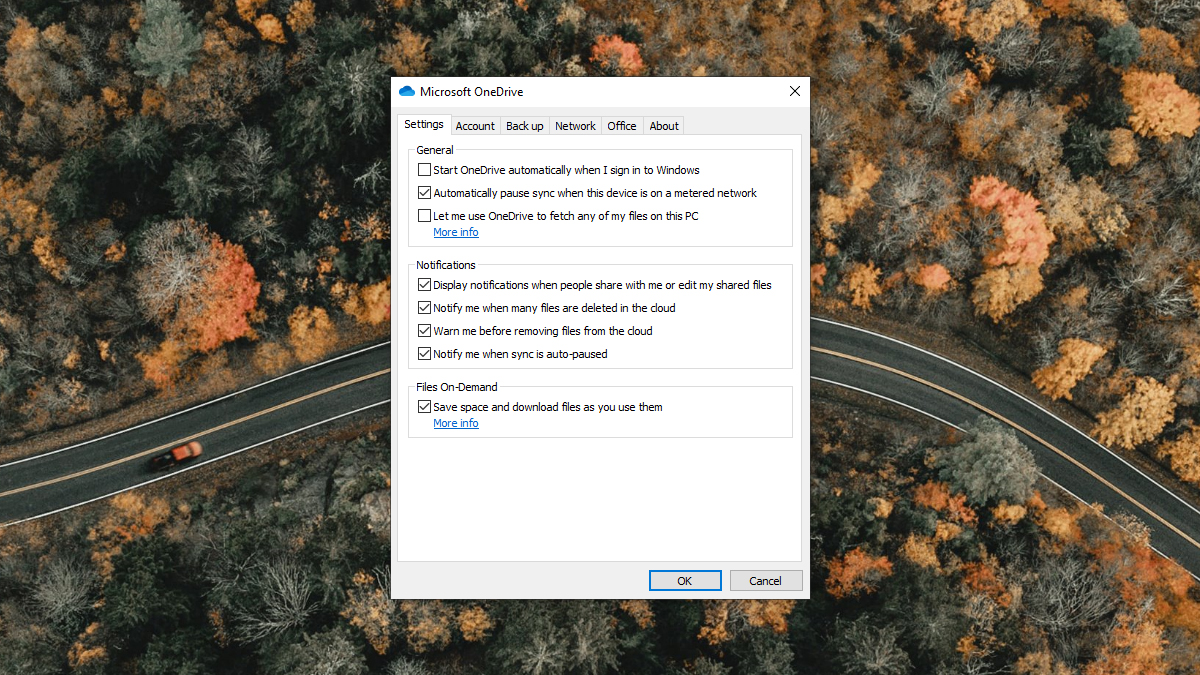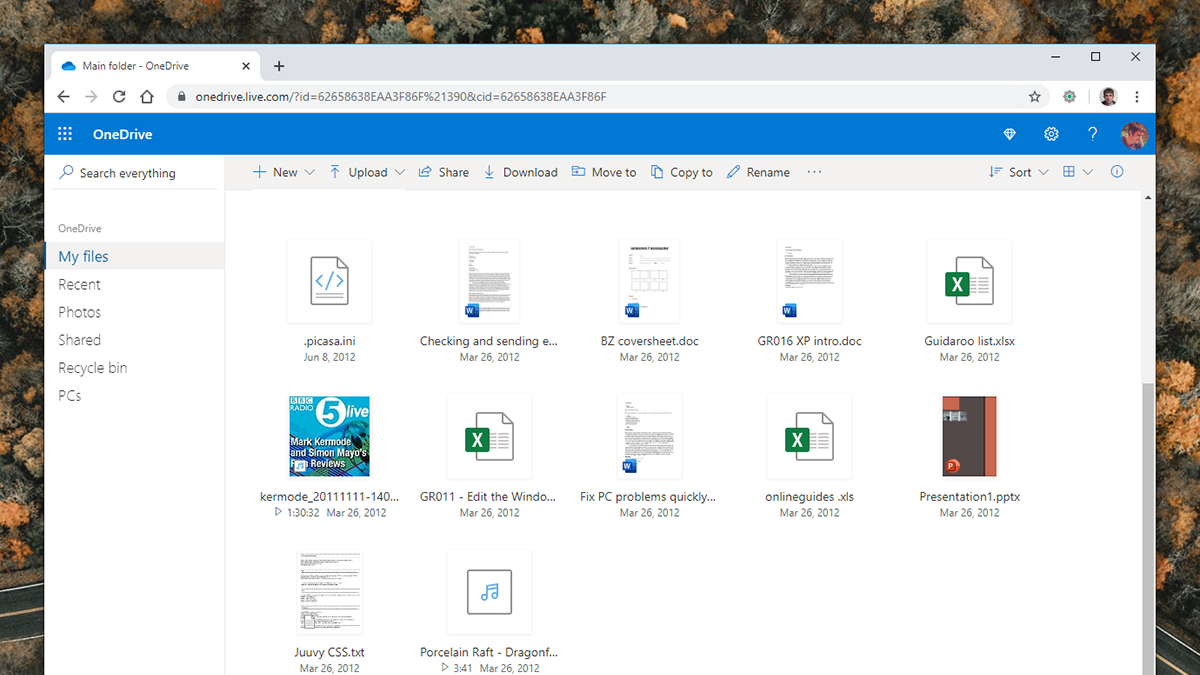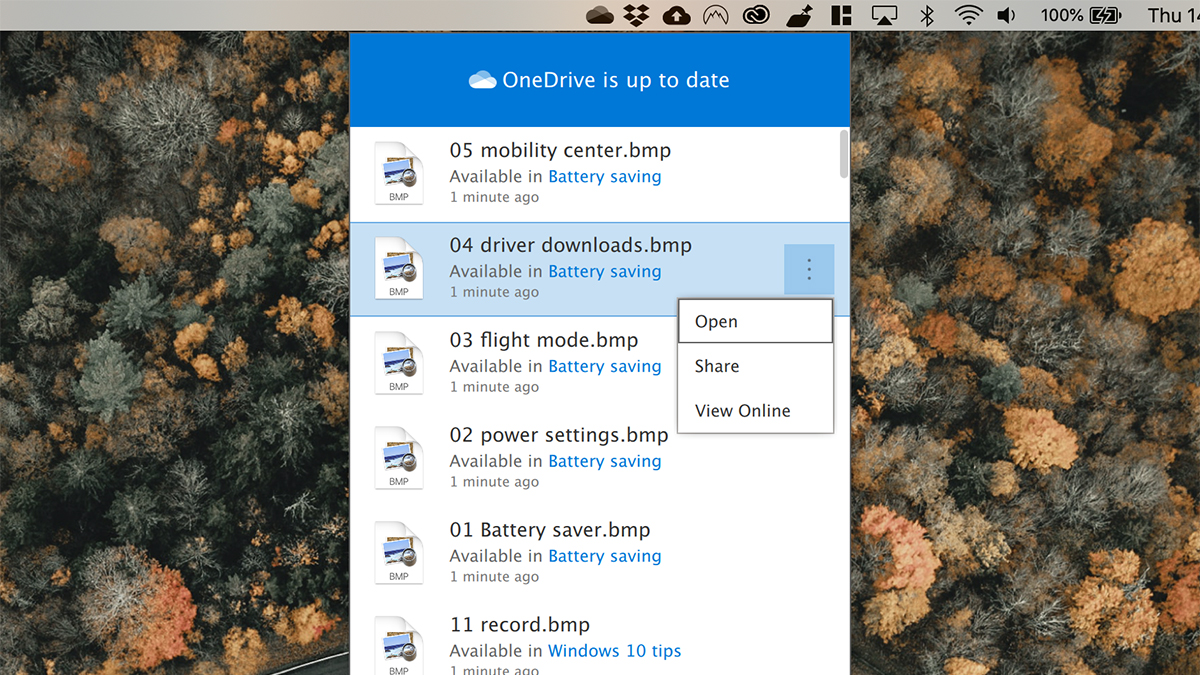With OneDrive, Microsoft was relatively slow to catch up to the likes of Dropbox and Google Drive. Now though, it's got a cloud storage system good enough to rival the biggest names in the business, with improvements and new features arriving regularly too.

OneDrive is quite tightly integrated into Windows 10 as seen in the image above, as well as part of the Microsoft 365 subscription package with the Office suite. Separate client tools are available for multiple platforms that cover macOS, Android and iOS. The other benefit is that you can also get at your synced files through the web.

1. IDrive is the best cloud storage provider
IDrive, the cloud storage veteran, delivers tons of storage online for an incredibly small outlay. 5TB for $3.48 for the first year is unmatched till now and so is the support for unlimited devices and the extensive file versioning system available.

2. pCloud provides a lifetime cloud storage subscription
The Swiss-based company is more expensive than the competition but the one-off payment means that you won't have to worry about renewal fees that can be very horrendously expensive. $350 for 10 years is less than $3 per month.
OneDrive features
Microsoft OneDrive works similar to other well-known consumer cloud storage options, such as Dropbox, Google Drive and iCloud. You specify the files and folders you want backed up, and they get automatically synced with copies in the cloud, along with the other computers and devices that you've got OneDrive set up on.
What it doesn't do is provide unlimited, bare metal backup of devices. This means that you'll need to reinstall operating systems, settings and applications should the worst happen in a catastrophic drive failure, as OneDrive only takes care of your files, and external drives and NAS drives aren't supported. OneDrive can also bring back previous versions of your files as well, from as far back as 30 days ago.
Drop a file or folder into OneDrive, and it gets synced to the cloud, and your other devices. If you want to save space on your local machine, the option is to just keep a copy in the cloud, which is handy. Sharing files and folders with other people is a breeze too, as OneDrive can generate a link for you.
For sharing, when you opt to store your Office files (Word, Excel, PowerPoint) in OneDrive, extra tricks get enabled such as autosaving so you never lose your work, and advanced collaboration features to let you work on files simultaneously with other people, right inside the desktop applications or on the web. Additional cool tricks include being able to play audio and video files directly from the web, and using AI-enhanced search on photos you've stored in the cloud for spotting landmarks and objects.

OneDrive interface
As would be expected, Windows works the best with OneDrive, where it's integrated fully into the operating system. Here, OneDrive shows up in the navigation pane, right alongside Documents, Desktop and everything else, to quickly right-click on files and folders to move them to the cloud or to make sure you've got local copies available. It's seriously slick and easy to use.

Alternately, the web interface, which can be accessed from any computer using your Microsoft ID, lacks a level of sophistication – it doesn't have the simplicity and style of its competitors: Google Drive or Dropbox. It does get the job done of displaying your media, and sharing your files, and lets you move files around, but it hardly has any panache.
On other interfaces it's a mixed bag. The syncing client for macOS isn't anything that notable, but like the web interface, it covers everything you're going to need without getting too confusing, running from the menu bar, and can optionally start up with macOS. Unfortunately, it tends to get a little bit in the way of iCloud though.
Perhaps on the mobile front is where OneDrive does its best work. The apps for Android and iOS are elegant and intuitive to use. Users are enabled to jump around folders and files with a few swipes and taps. They are particularly strong at syncing and displaying photos and videos that have been snapped on the smartphone – though OneDrive has plenty of competition in this area.

OneDrive security
With the whole Microsoft account and Microsoft 365 subscription running, OneDrive gets protected by two-factor authentication (2FA), which is reassuring. This means that even if your username and password are exposed, access to your files and your account is still going to be blocked. There's also a Personal Vault feature, which requires yet another layer of authentication (like a fingerprint or a PIN) for access.
AES 256-bit encryption protects files in transit and at rest, which is not the same as end-to-end encryption as Microsoft engineers can access your data when needed such as for a restoration, and Microsoft promises this is tightly controlled. Microsoft stores the files across multiple data servers as well, to further guard against data loss, and overall, we consider it an impressively robust system.

OneDrive pricing
For personal users, Microsoft offers a file size limit on OneDrive of 100GB on the Standalone plan that costs $1.99 (about GBP 1) monthly. You do get 1TB with a Microsoft 365 Personal Plan (formerly known as Office 365), users get 1 TB of storage space, in addition to the Office apps; this has a cost of $69.99 (about GBP 49) annually, or $6.99 (about GBP 5) monthly. There is also a family plan with 6 TB of space, for up to five users, for $99.99 (about GBP 71) annually, or $9.99 (about GBP 7) monthly, which offers a one month free trial. Finally, there is a free tier, but it only offers 5 GB of space.
For those that need business features, like user management and advanced file auditing, a variety of business plans are available too. Prices start at $5 (£4 plus VAT) per user per month, if you pay annually – that gets each user 1TB of space. More expensive packages are available, that add in unlimited cloud storage for every user, or the Microsoft 365 apps, but somewhat enigmatically, not both.
OneDrive verdict
OneDrive really deserves to be considered in context, as for a dedicated Windows user, and for those that make regular use of the Microsoft 365 suite, then OneDrive follows as a cloud storage extension to other Microsoft products. However, as an add-on for macOS, Android or iOS, we hardly find it as impressive or as useful.
Put another way, it's not about the features or the pricing of OneDrive that makes it a good or a bad deal, it's really more dependent on what software and services you're currently using. What we can say for sure is that OneDrive is considerably more polished than it was just a few years ago when it debuted as SkyDrive. OneDrive has matured to reliably take care of all your file backup and syncing needs capably, across multiple platforms.
- We've also highlighted the best Microsoft Office alternatives
from TechRadar - All the latest technology news https://ift.tt/3wcC285

